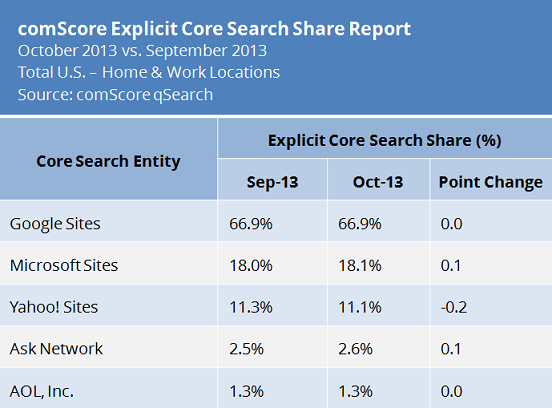What’s in a Keyword?

It’s quite fascinating how a few words can determine the effectiveness of your website and affect your business. The typical length of an SEO keyword is just 3 to 4 words, yet its impact goes a long way. So, what exactly are keywords, and why are they important to your audience’s buying journey?
Keywords: why do they matter?
Keywords or key phrases are a group of words that audiences use to search for what they need using search engines, and what business owners use to define the content of their page.
If you have a meal delivery business and have a website, you probably will want to use keywords, such as “affordable meal delivery,” “meal plans,” or “meal delivery service” in your content. You will want to utilize these as they are common phrases and words that your customers will use when searching. But in the case that you don’t have a website yet, start by looking for a trustworthy web design company.
Keywords are important because they serve as bridges between what the people (customers) are looking for and the content you provide (your business). On top of that, keywords help you rank in search engines, meaning when customers search for information, your content is among the first results they see.
Why are keywords important in a customer’s journey?
Keywords are crucial in the customer journey. These are phrases by which customers interact with your business or website to achieve the goal: conversion.
Audiences who are just browsing and getting more information (awareness phase) often search for broad keywords (for example, meal delivery, affordable meal delivery).
But as they come closer to purchase, they become more specific (for example, low calorie vs low carb meals).
And when they are about ready to purchase, they begin using highly specific keywords (for example, 800 calorie meal delivery service).
In other words, the key phrases that customers use to search for products also depend on where they are at in the customer journey. This means that it’s important for you as a business and site owner to map your customers’ journey and choose your keywords based on that journey.
But, before we delve deeper into the customer journey and choose your keywords for your brand, let’s first understand the basics of using keywords for search engine optimization.
Where to place your keywords
Generally, the best practices for SEO, which your SEO service provider should know as well, come down to the following:
- Placement: In most cases, you need to include your keywords in the title of the article, the meta description, slug (part of URL), and the image alt text. Of course, don’t forget to distribute the keywords within the article itself.
- Density: How many times should you incorporate the keyword within the article? Most reports say about once or twice per 100 words. That’s about 1%-2% keyword density. Still, it depends. Some tools are happy with 0.5% to 0.8% density.
Since keywords are just a part of search engine optimization, you need to practice these best practices alongside other important steps. These include ensuring quality content, adding authoritative backlinks to your site, checking interlinks within your site, and maintaining fast page loading speed, among others.
How to choose keywords for your brand
At this point, let’s go into choosing the keywords for your brand or business. Below are the steps you can take:
1. Plan your customer’s journey
Again, remember that people choose keywords based on where they are at in the customer journey. With the nature of your brand, how do you see your customer’s journey? It can be as simple as awareness, comparison, and purchase.
However, it can also be as structured as identifying the audience into different categories:
- Stranger
- Subscriber or lead
- Marketing qualified lead
- Opportunity or one who accepts a demonstration
- Customer or client
You are in charge of your customer’s journey, and you can provide them with the necessary information and support in any phase or stage of the journey. Remember that each phase is important as each stranger can become a client.
2. Search Intent and Virality
Wondering what your audience is searching for? Then it’s time to identify their intent. One way to determine the keyword intent is to use SERPs (search engine results pages).
Type in your intended keyword and see what Google comes up with. This gives you an insight into what common words and phrases people use to search for that topic. You can also use Google Trends and find the trending topics most related to your business.
3. Use Tools
Another vital part of choosing keywords for your business is using tools like AHREFS and Semrush. Tools like these provide you with critical details, like:
- Keyword volume (how many people use this keyword)
- Keyword difficulty (how challenging would it be to rank for a keyword, thereby affecting how you appear on search result pages)
- Competitions (what websites are ranking for the keywords you have chosen)
Ideally, you want a keyword with high search volume and low difficulty or competition.
Other tips that come in handy when using these tools include:
- Being a little specific to avoid high competition, but not too specific that only a few people use the keywords.
- Choosing multiple keywords for the same topic. You can use them for keyword synonyms or as secondary keywords.
- Be careful with using location in your keywords. You may use your location if your audience is not in the same place as your product or business.
Keyword research is one of the basic yet highly valuable tenets of SEO. It is a multifaceted process that yields long-term and lucrative results. Consider talking to an SEO company to help you start identifying the right keywords that can improve your SEO rankings, drive relevant traffic and increase conversions to your website.










